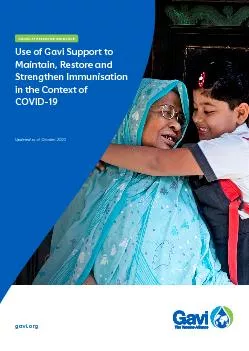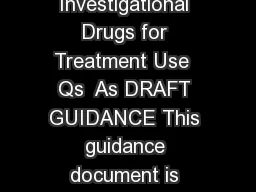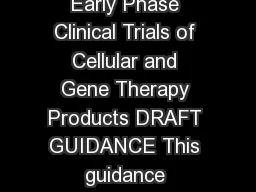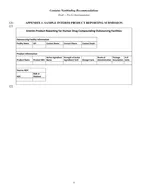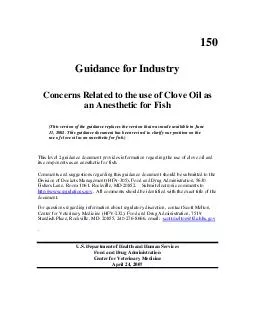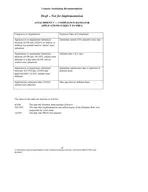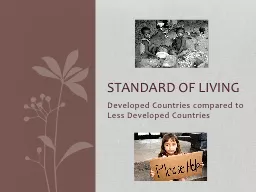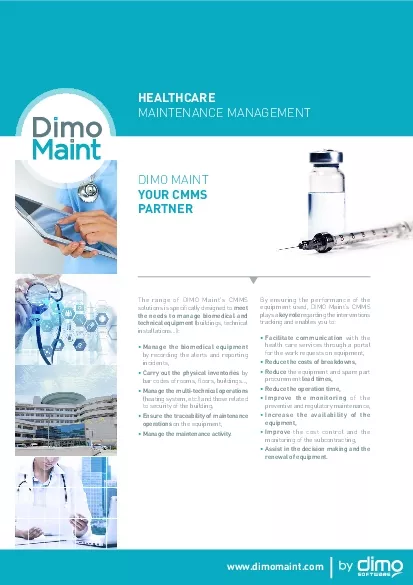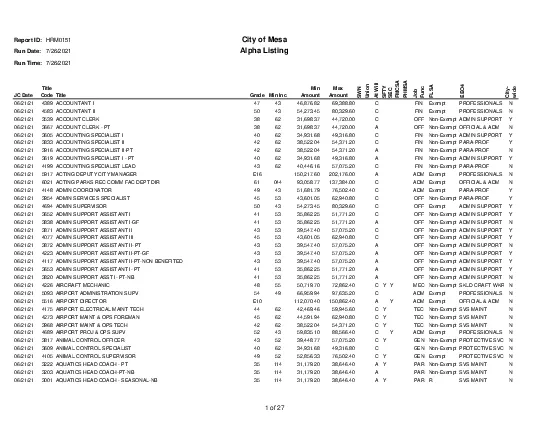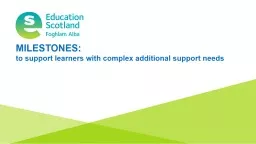PDF-Use this guidance to understand how Gavican support countries to maint
Author : esther | Published Date : 2021-06-26
TABLE OF CONTENTSIntroductionSupporting national immunisation programmes in the context of COVID1921Safeguarding and adapting immunisationReaching missed children
Presentation Embed Code
Download Presentation
Download Presentation The PPT/PDF document "Use this guidance to understand how Gavi..." is the property of its rightful owner. Permission is granted to download and print the materials on this website for personal, non-commercial use only, and to display it on your personal computer provided you do not modify the materials and that you retain all copyright notices contained in the materials. By downloading content from our website, you accept the terms of this agreement.
Use this guidance to understand how Gavican support countries to maint: Transcript
Download Rules Of Document
"Use this guidance to understand how Gavican support countries to maint"The content belongs to its owner. You may download and print it for personal use, without modification, and keep all copyright notices. By downloading, you agree to these terms.
Related Documents

